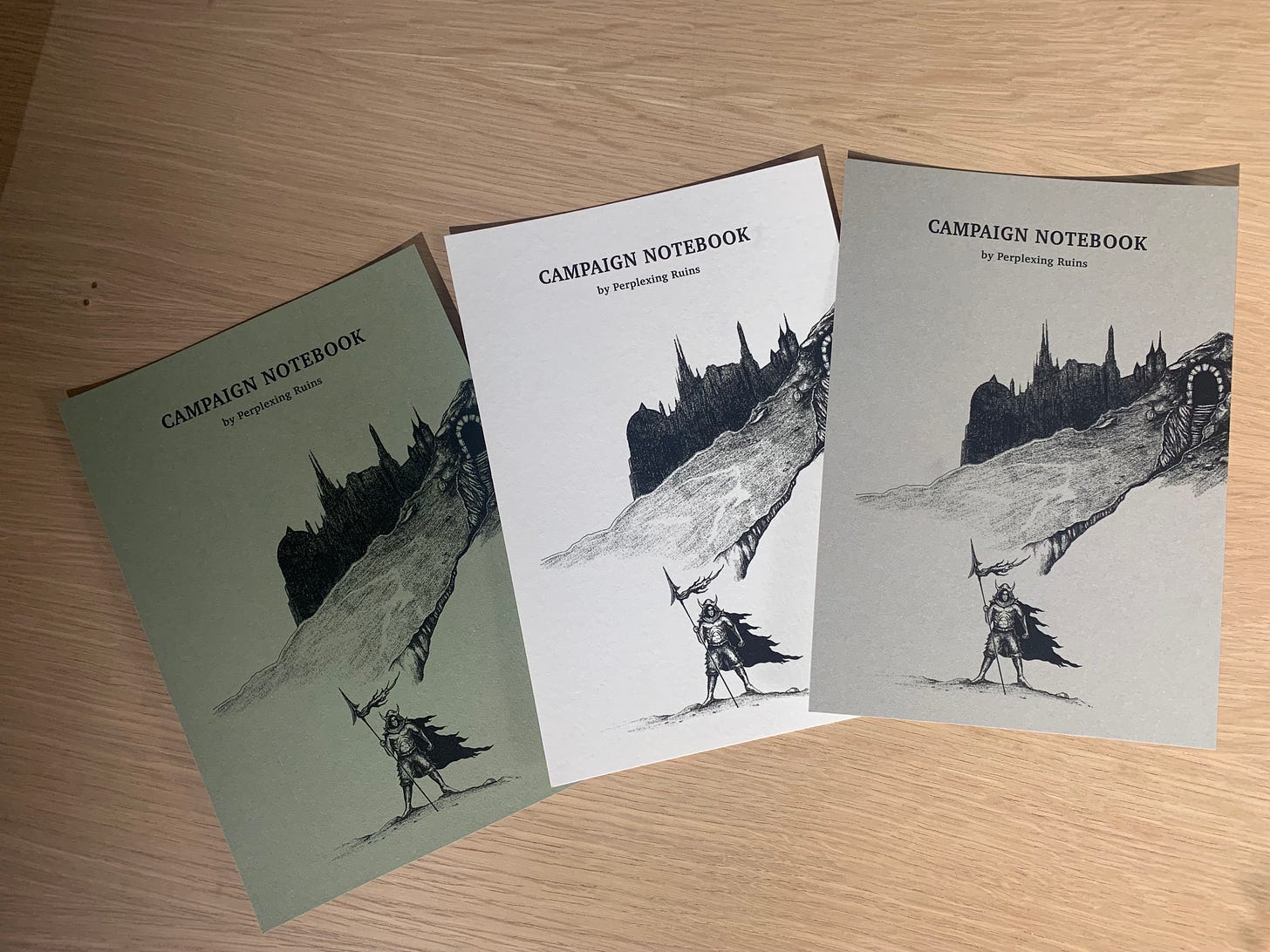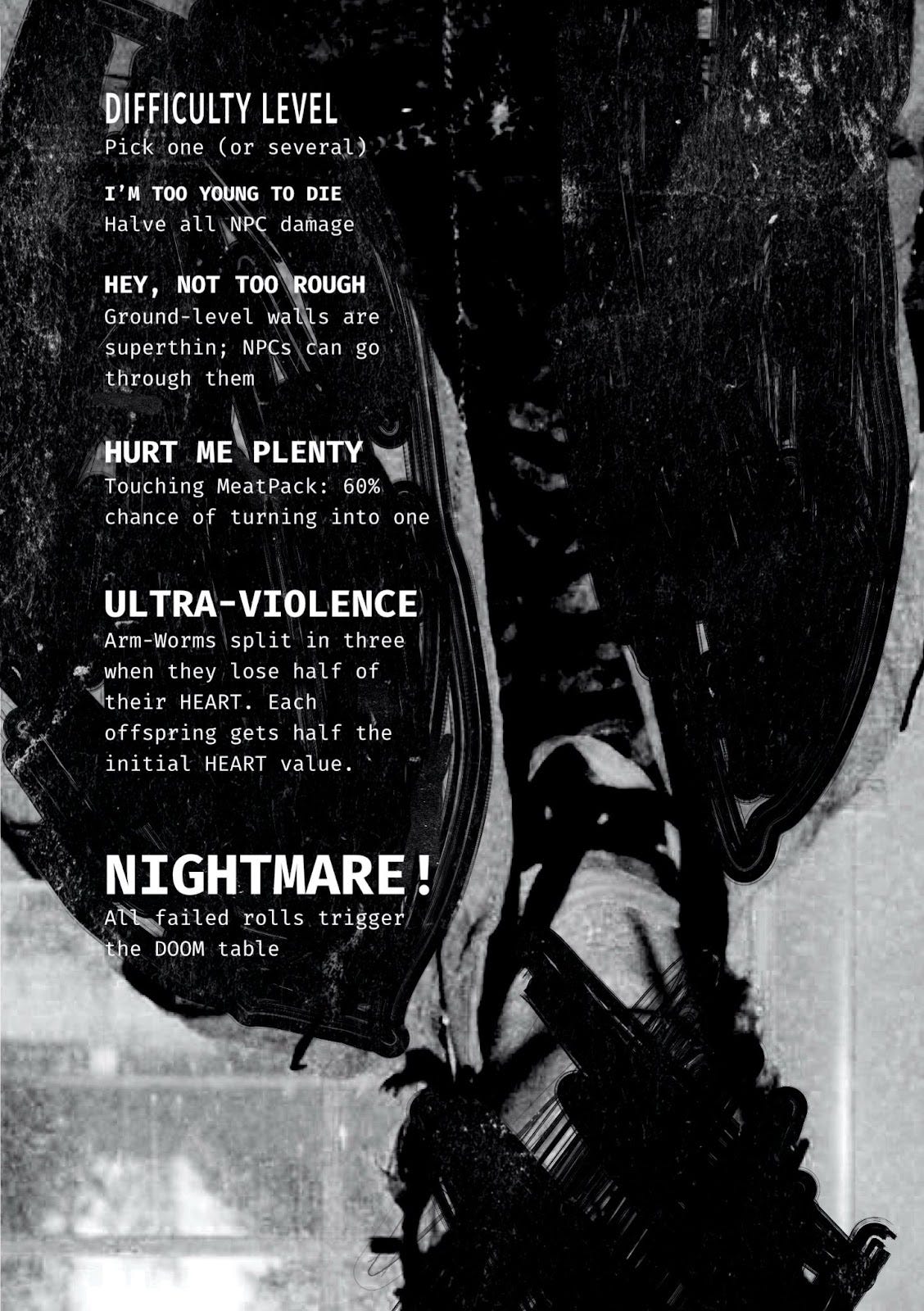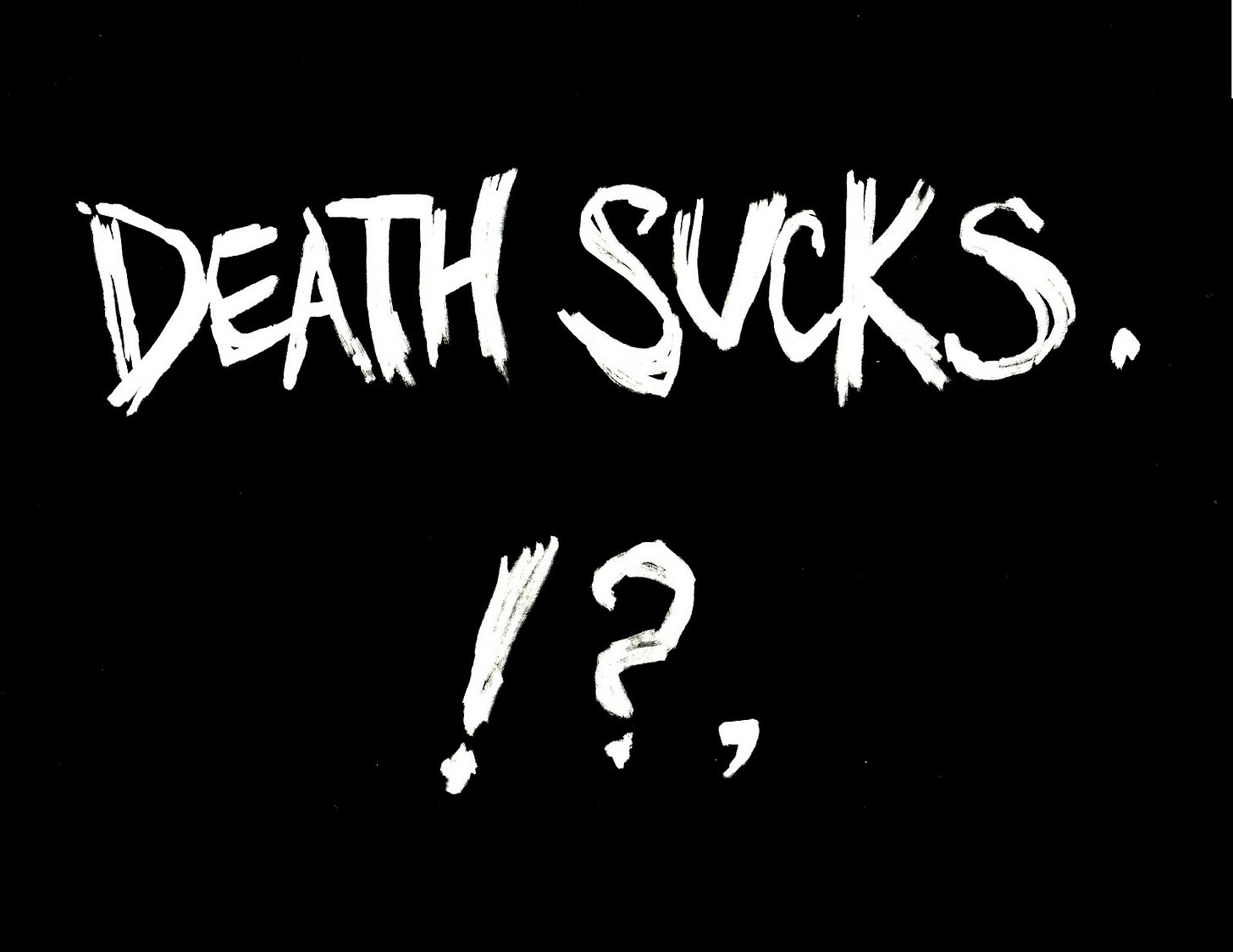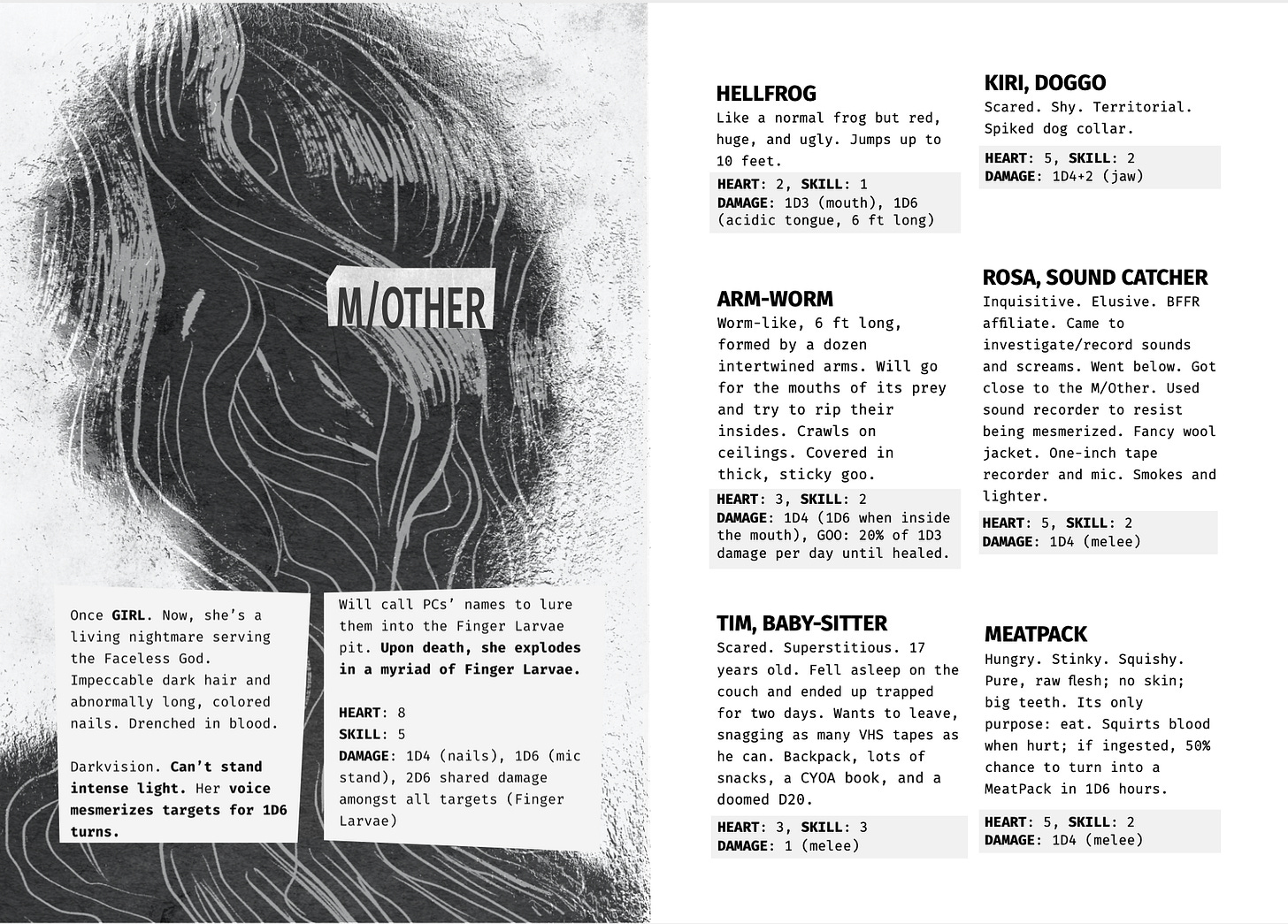You’re reading The Dispatch, newsletter of The Lost Bay Studio, indie tabletop RPG publisher, and this is the mid-July 2023 issue! Glad to see you’re back!
In this newsletter we’ll talk about game design, and more specifically how video games can inspire tabletop RPG design, but first let’s unpack The Lost Bay Studio news. Ready for take off? Go!
Join the fight
OUTER RIM: UPRISING Kickstarter pre-launch page is live! What is ORU? It’s a massive bundle for the Sci-Fi Horror RPG Mothership. It’s an extensive setting, collection of adventures and gaming supplements crafted by a roster of seasoned Mothership designers. The bundle is infused with deep space monstrosities. Its background theme is the clash between corporations and rebel factions for control of the outer zones of the galaxy. What are you waiting for? Pick a side, join the fight! OUTER RIM: UPRISING
If you’d like to get more info about ORU check our previous newsletter here. Until the start of the campaign we’ll keep sharing with you exclusive freebies via The Dispatch and on our secret itchio page OPERATIONS HQ. Go get your first freebie, a custom class by D. Kenny.
Store updates
Summer at The Lost Bay Studio is going to be busy. Skyrealms Kickstarter fulfillment is imminent, starting with the Deluxe Edition for US backers. We’re doing the last print tests for the Fallen Bundle before fulfilling it. And we are preparing the release of a CY_BORG bundle, very soon. Secret: the very cool thing about this bundle, aside from being loaded with cool content, is that the box cover is designed by Johan Nohr himself!
As you can see lots of bundle activity, it’s becoming a habit, and we don’t intend to stop. You can also expect a few digital releases, including: a new dungeon adventure compatible with Skyrealms, the Spanish version of Skyrealms, and The Lost Bay - First Look. More on this one in the next newsletter.
Serving you faster, better
If you visit The Lost Bay Studio store right now you’ll notice that all zines are sold out. Although technically our inventory is not 100% sold out most of our stock is gone, and we’re taking this opportunity to work on some major logistic upgrades.
Our dear friends at Peregrine Coast Press won’t be doing fulfillment for us anymore. As both of us have grown quite a bit in the last months, it’s not sustainable for them to keep handling our inventory and our shipping. I had a blast working with these fine folks, and I don’t doubt we’ll find ways to do more stuff together in the future.
We’re rebooting our logistics! We’ll start working soon with a new fulfillment partner, and I’ll tell more about that in the next issue of The Dispatch. We’re also taking steps to store part of our inventory in the US, and thus ship to US customers from the US, shortening shipping times and lowering costs. We’re doing the same for the EU, with a French partner, although setting up the EU inventory/fulfillment will require a bit more time for administrative reasons (if you are a EU citizen, you probably get a sense of what I’m talking about!).
To sum up: the store is in pause mode for a few weeks, logistics are being upgraded to serve you better!
Tabletop RPG and video games
A lot of video games have taken inspiration from early tabletop RPGs, trying to replicate combat mechanics, spell casting, or the feeling of open world exploration. But what about the other way round?
Well, turns out that many of the mechanics I implement in the games I write/run are inspired by video games. I’m not a game historian, and I don’t know if those specific mechanics were created for pen and paper RPGs in the first place, but anyway I discovered most of them playing (indie) video games on my laptop during a really tough time of my life.
A few years ago, I spent three months far from home. I was sent to the other side of the country for a work gig. The experience was less than enjoyable. The work environment was pretty toxic, I didn’t have a chance to socialize with my colleagues. That was a pretty rough time, and I ended up in the ER because the stress I was building up started hurting my stomach. Things weren’t going well. I needed a way out. I’m not sure how this happened, but I installed Steam, the video game marketplace, on my laptop, and typed INDIE in the search bar. In a few clicks I was randomly introduced to the world of indie video games. I downloaded one of them, then another, and another, I was hooked. Those games were so creative both visually and in terms of gameplay. Playing them was soothing and helped me navigate those excruciating weeks.
Indie games were affordable and I bought new ones almost on a daily basis. Titles like This war of mine, Superbrothers: Sword and Sworcery, Organ trail (yes Organ, not Oregon), Hotline Miami, Nuclear throne. These titles stuck with me. They were fun, but they were more than just entertainment, they were art? I felt strongly drawn to them, so I started reading blogs and watching game designers’ interviews. I wanted to be part of that scene! I was taking notes for my own projects, and ended up downloading a few game development apps. But when I started coding, I hit a hard wall. I quickly realized I wasn’t fit for the task, the learning curve was steep and my day job left me little spare time to learn code. I just put those notes aside, and forgot them for a while. I kept playing occasionally.
Year later, when I started playing tabletop RPGs again, little before the pandemic, I dug up the little notebook filled with video game ideas, and adapted most of them into TTRPGs.
Today I’d like to share with you a few cool mechanics I borrowed from video games, and injected in The Lost Bay rpg, a suburban horror set in the 90s that never were.
I’m too young to die!
I discovered Doom many years after its initial release, when it had become a cult classic, particularly thanks to 2 indie designers super active in the post-Doom scene Brendon Chung and JP Lebreton, who create indie games using the now open source Doom 93 engine.
Doom 93 is probably the symbolic mother of all First Person Shooters. In Doom you play as a stranded space marine, fighting horrifying demons on Phobos and Deimos, two moons of the planet Mars. The game is challenging and gore-y, actually it can be quite scary, especially if you play it late at night, in a dim room. I tried, don’t do it.
When the game starts you pick a skill level, which basically will determine how long you’ll survive before being slaughtered by cyber-hell-barons. FYI I wasn't able to beat the game even at the easiest level. Shame on me.
I’ve adapted the skill levels “mechanic” into Difficulty Levels for The Lost Bay rpg, I even use the original level names of Doom.
Difficulty Levels are little modules, featuring simple optional rules. You pick one or several of them before the session starts. Not unlike Doom, The Lost Bay rpg is a horror game, and Difficulty Level modules will determine how bad or quickly you will be hurt. Had a rough week and need things to go smoothly? pick I’m too young to die. Want to blow up some steam and go full rampage? pick Nightmare, and end the session quickly with a TPK. Below is the Difficulty Level page for UNIT DH-17, a mini dungeon for The Lost Bay rpg. Here the Difficulty Levels have been written to match the specific theme of the adventure. But in the core rulebook, I’m providing generic Difficulty Levels that can be easily adapted/hacked to different flavors and settings.
Items
The Binding of Isaac, developed by Edmund McMillen and Florian Himsl, is a randomly generated action RPG shooter. The gameplay is amazing, the world is intensely immersive, and the game storyline is as simple as it is strong. You play as a tiny kid, running from an evil mother, and hiding in a monster infested basement. As you fight your way down, killing enemies with the tears you shoot (yes!) you collect a series of items that give you power ups. This mechanic is widely used in video games, I know. But The Binding of Isaac takes it to a whole new level. The items you pick add depth to the story and the world in a smooth way, they are not just cool power ups. Items are the lore of the game, they expand the game themes, like religion, divination, motherhood. In a sense, you discover the story of little Isaac as you pick new items. There are dozens and dozens of them, and each one contributes to building the setting in its own and unique way, like tarot cards, pills, the Anarchist cookbook, the D20 or the blood bag.
The Lost Bay rpg is set in low-fantasy suburban 90s that never were. In a true OSR (NSR?) fashion I’ve avoided adding lots of boring lore text blocks to the rules, and tried to build the setting via mechanics, and more specifically via Items. In TLB, using items always adds bonuses, and sometimes penalties, to action rolls.
Like in The Binding of Isaac, there’s lots of them: Gadgets, Relics, Cursed objects, Appendix N items. Items are the first thing I ever wrote for TLBrpg, and I intend to write more of them, creating item lists flavored to specific adventures and settings. I’d love to make a catalog of all the items at some point. Or a collection of cards, similar to the Mausritter inventory system. Wouldn’t that be cool?
Unlocks
Unlocking “things” (like characters, skills, areas) when you complete a task is a classic mechanic of video game design. “That” door will open only when you find a way to kill that boss. Again not a specialist, but I find this unlocking mechanic reminiscent of European or Mediterranean folk fairy tales. Character helps out an old lady carrying wood, turns out the lady is a fay and will reveal their true form once the wood has been dropped at their shed door: new friend acquired. This is kind of an unlocking mechanic right?
Probably one of the most common variations of this mechanic is new character unlock.
In TLBrpg characters have Vibes, a fancy name for character classes. Vibes are similar to Troika backgrounds, they’re a lot of them, they are pretty detailed and come with powers, abilities, items.
But some Vibes are unlocked only when your character dies. It’s not an automatic feature. You need to meet certain conditions for your character to live again in another form, with another Vibe. But that’s one of the possible outcomes of death.
You could play a Firestarter, a character specialized in burning and exploding stuff, and upon death become a Half-Dead (Zombie like), Spirit (Ghost), or Evil Twin: upon death your evil twin hatches from your corpse. They look like the former you, they’re just stronger, and mean.
I’ve got a few more mechanics to share, but this newsletter is becoming too long and I’d like to hear from you. If you use or design video game inspired mechanics for your tabletop RPG projects, or the other way round, let me know in the comments! We can talk more about this.
/// EDIT WED. JULY 19 ///
On reddit AlHazard33 suggested, as a mechanic inspired by video games, combats with horror bosses structured in multiple phases. Or otherwise environmental modifications unlocked by specific actions of the playing characters. I love this suggestion, it sparks immediately two ideas.
Change the boss attack/form/behaviour after Playable Characters inflict a sufficient amount of damage. Example, the boss of UNITH DH-17 is a twisted former metal rock singer gone wicked, who explodes in a swarm of finger worms upon death. Following this suggestion this modification in shape/type of attack could happen before death, for example after she loses half of her Heart (HP), and that would make for epic fights.
I like to think of the environment as a character, and I can imagine that the same mechanic could apply to a location, a room, a forest. Wait! I can hear you thinking: hey but that’s like unlocking a secret room, or a secret door. Not exactly. I’m thinking here about an unexpected, radical, modification of the immediate environment. For example: you’re in the forest, if you harvest flowers, snow starts falling. Of course this kind of non-logical connection between action and consequence works best for certain specific types of moods: horror, weird fantasy, space fantasy maybe, and should probably be used with wisdom otherwise players might feel some frustration if their actions have too many unexpected effects.
/// END EDIT WED. JULY 19 ///
I should mention that I've been drawn to realize how video games impacted The Lost Bay rpg design reading Spencer Campbell’s games, particularly NOVA, and the LUMEN system, which I’ve partially hacked to build The Lost Bay rpg engine. I’ve already mentioned this here, but I think it’s worth recommending again the video series Spencer made about game design and cognitive sciences. In those series they talk about some mechanics common to both video games and TTRPGs, check it here:
 Tiktok failed to load.
Tiktok failed to load.Enable 3rd party cookies or use another browser
ALERT: just saw Réné-Pier Deshaies tweeting about how video games inspired him, so we can also continue this convo there
Suburbia
If you had a couple of bucks to throw in a cool RPG zine, I would recommend checking Suburbia, the envy of a million spheres by Age of Age Games. It’s a weird suburban setting for Troika, filled with tables, cool backgrounds, and amazing art made entirely of plasticine which makes this zine one of its kind.
Awards season
ENNIES nominees and Judges’ spotlight winners have been announced, the indie scene is fairly well represented, and it’s so cool to see so many familiar names among nominees. Congrats to all of you! You can vote for all the categories including best game, best podcast, best setting, best cartography and many more. Go check the nominations, there’s a lot of cool stuff to be discovered.
The Lost Bay Studio is a member of the Newsletter Ring — a support network aimed at building bridges between RPG enthusiasts and creators.
I had the immense chance to be featured in Your Rpg Confuses Me newsletter. With Justin Vandermeer we talked in detail about the layout design choices behind UNIT DH-17. Justin is an excellent interviewer and talking with them made me think a lot about my layout practices, actually it made me understand a bit more how layout works. I’m not going to spoil the interview here, I just wholeheartedly recommend subscribing to their newsletter and reading all the cool designer interviews.
That’s all I got for you today. At the moment I’m on planet Arrakis and temperatures are going to hit up to 48°C in some areas, that’s 118.4 °F, and 1000 °Perceived Degrees. If there are any typos in this newsletter, blame the heat! Bye, I’m going back to my shelter. Have a great day, and stay hydrated!





















Outer Rim Rise Up!!!